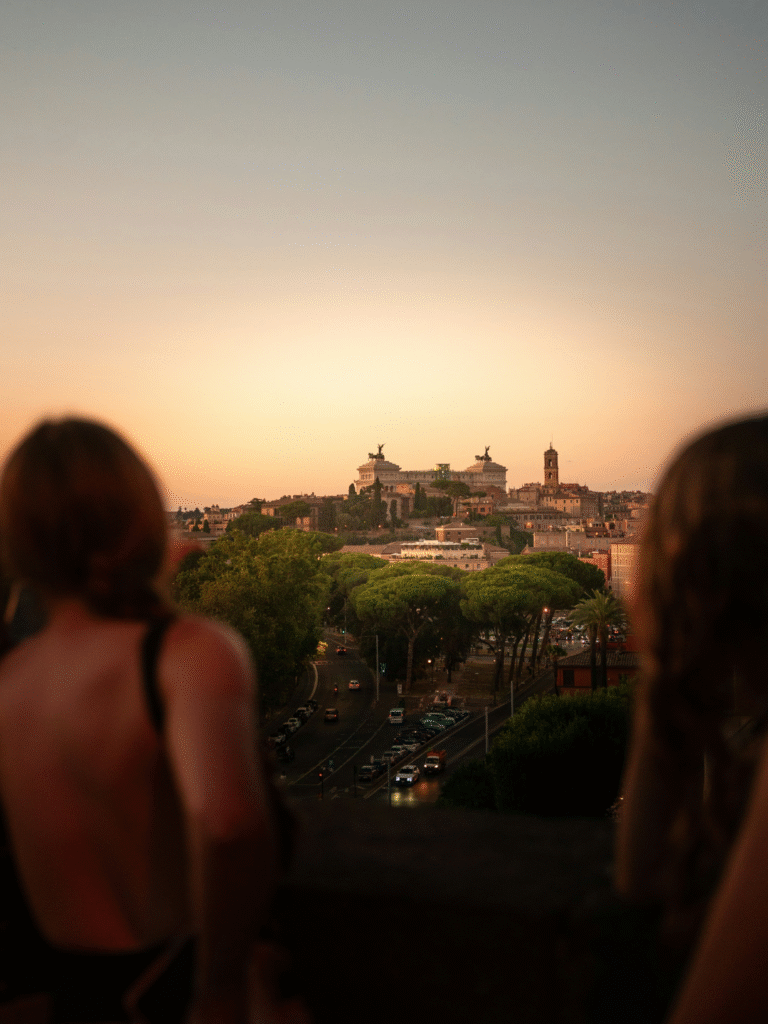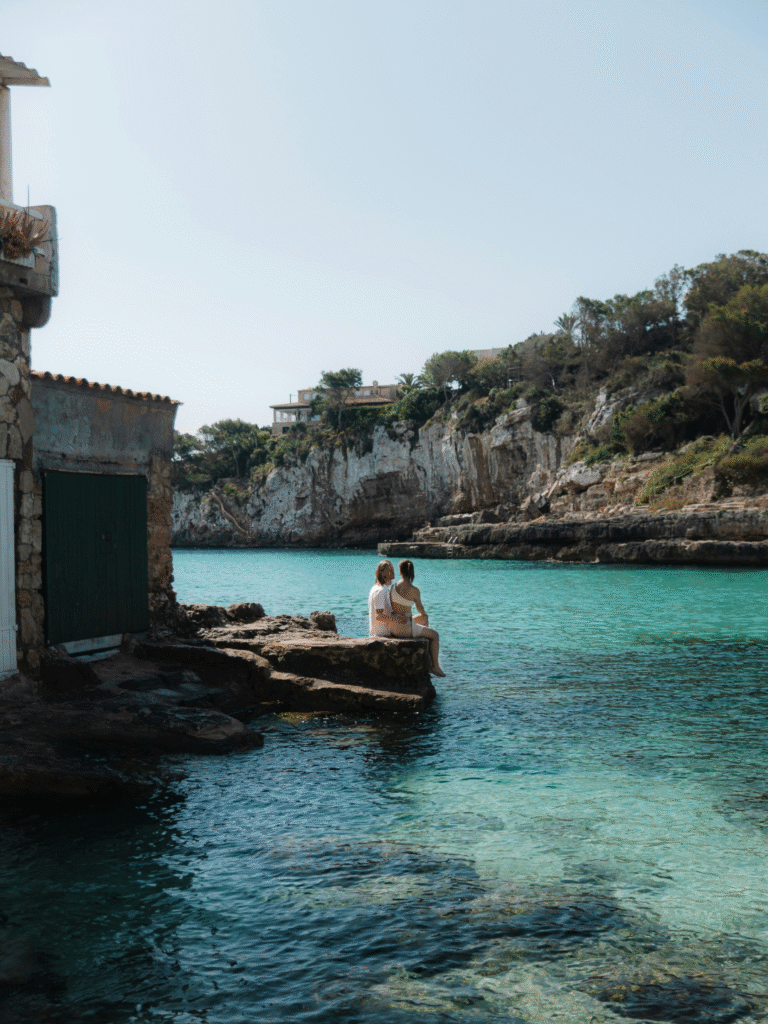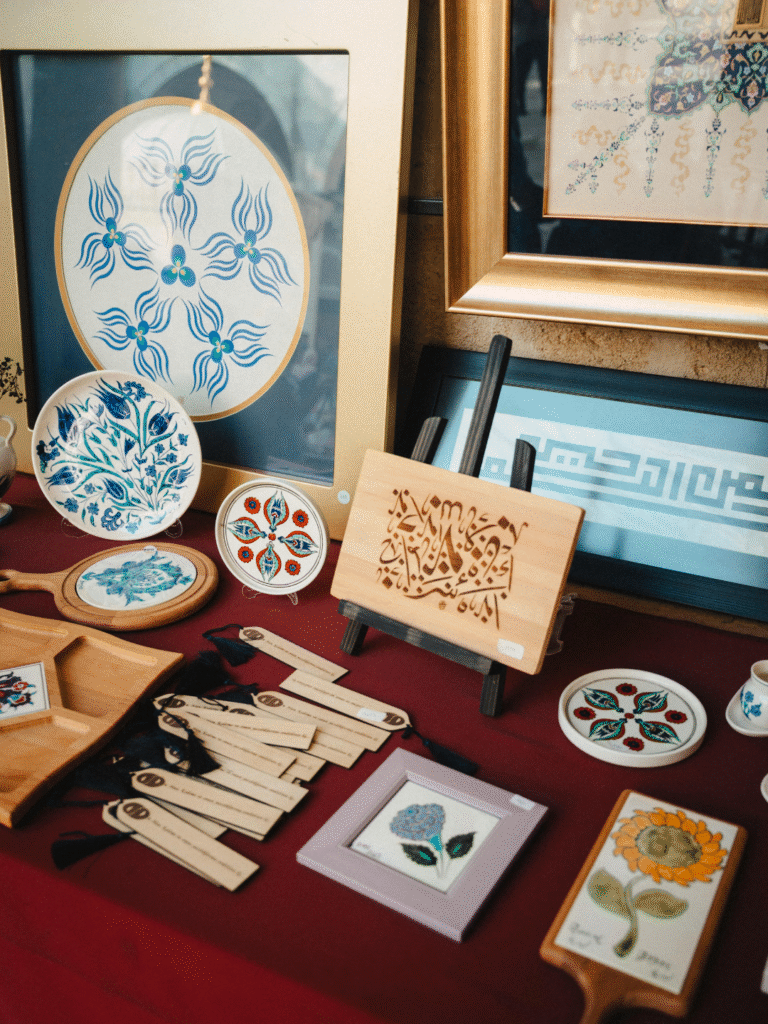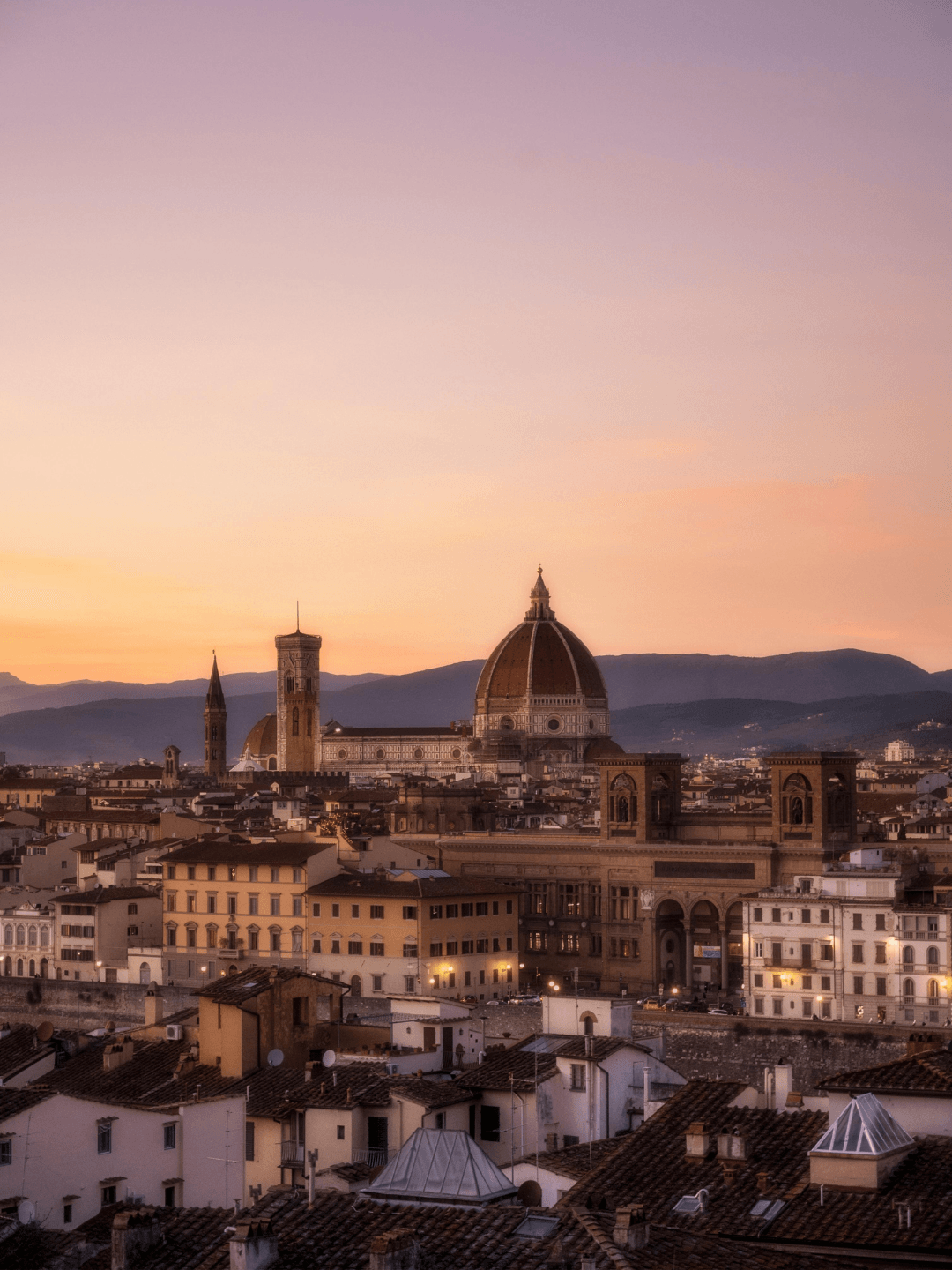
The pyschology of travel photography: Why is it that we photograph the same places again and again?
- 4 min read
- -
The Familiar Frame We Can't Resist
Stand beneath the Eiffel Tower at golden hour and you’ll see a hundred cameras tilted at the same angle. Scroll through Instagram, and Santorini’s sunsets blur into one long reel of blue domes and orange light.
So why is it that we take photos of the same places over and over? The answer is more complex than laziness. It’s memory, ritual, and the human desire to participate in beauty layered with psychology and centuries of artistic tradition.
"repetition in photography isn't redundancy, it's ritual."
Beauty Worth Returning To
Artists have always repeated the same subject. Claude Monet painted Rouen Cathedral more than thirty times, chasing how light altered its face. Georgia O’Keeffe painted Mount Pedernal until it became her personal monument. Ansel Adams never stopped photographing Yosemite Valley, finding new compositions in familiar granite faces.
The repetition serves a purpose: each return reveals something previously hidden. Light changes, seasons shift, personal perspective evolves. The same place becomes a mirror reflecting our own growth and the passage of time.
Travel photographers echo this instinct. To photograph Angkor Wat, Petra, or Machu Picchu isn’t redundancy; it’s reverence.
Every frame says: this is still beautiful, and I was here to witness it.
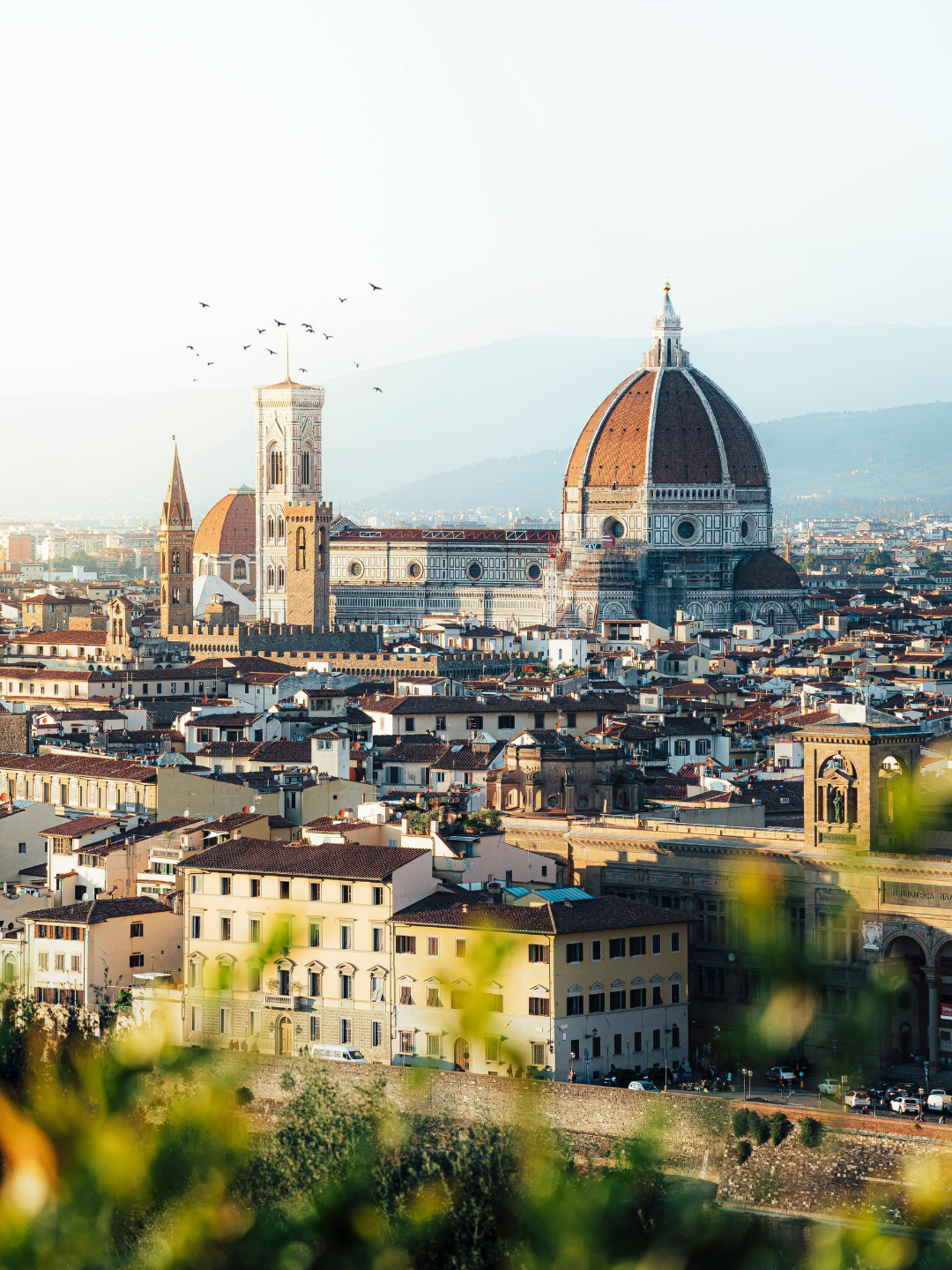
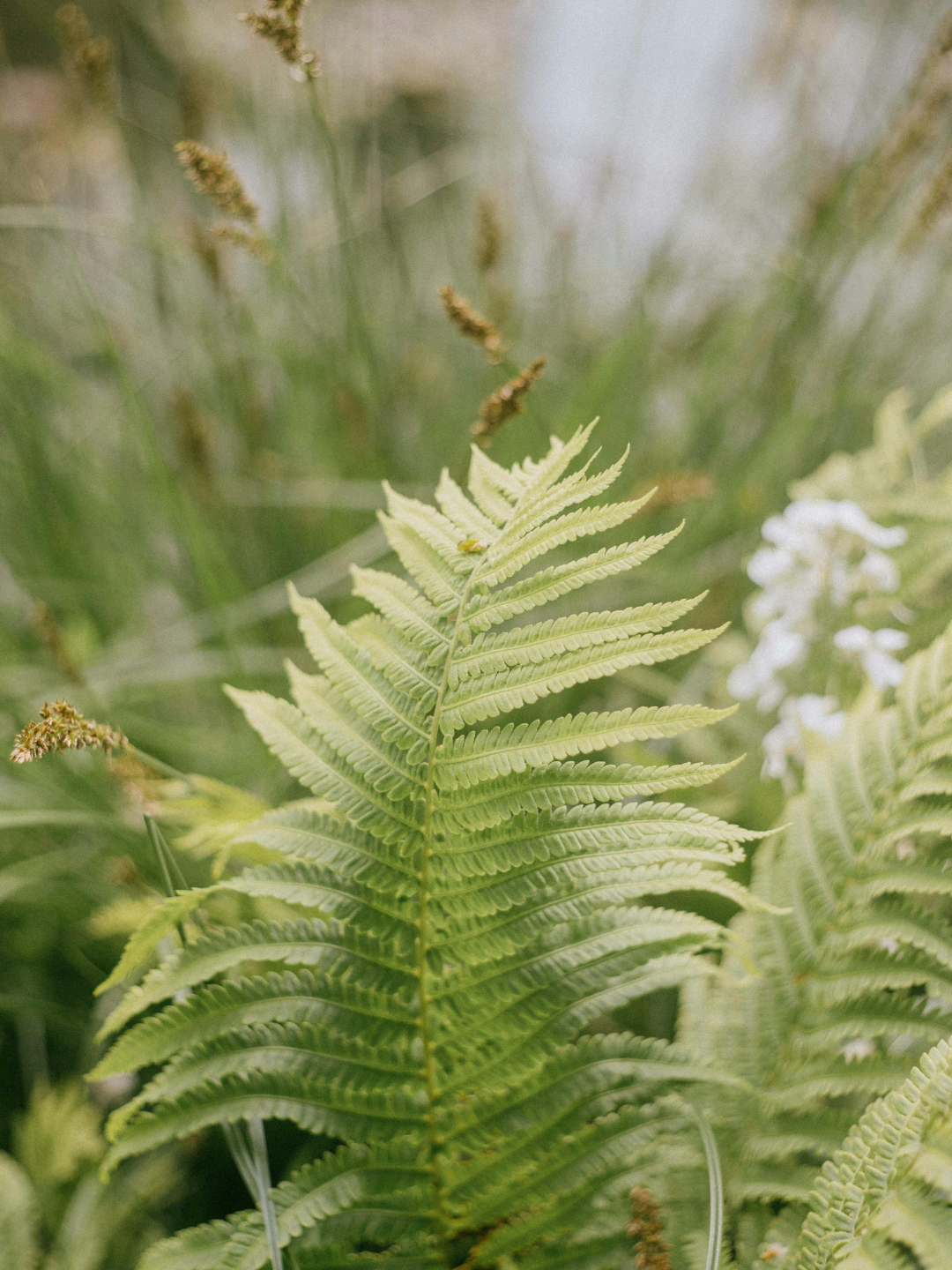
Memory, Proof & Psychology
Psychologists call it the reminiscence bump where our sharpest memories are tied to vivid places and significant moments. When we photograph iconic locations, we’re not just capturing a scene; we’re anchoring ourselves to a moment of wonder, creating a tangible reminder of when we stood in the presence of something magnificent.
There’s also the element of proof. In an age where travel has become a form of social currency, these photographs serve as evidence of our experiences, our adventures, our ability to be present in extraordinary places.
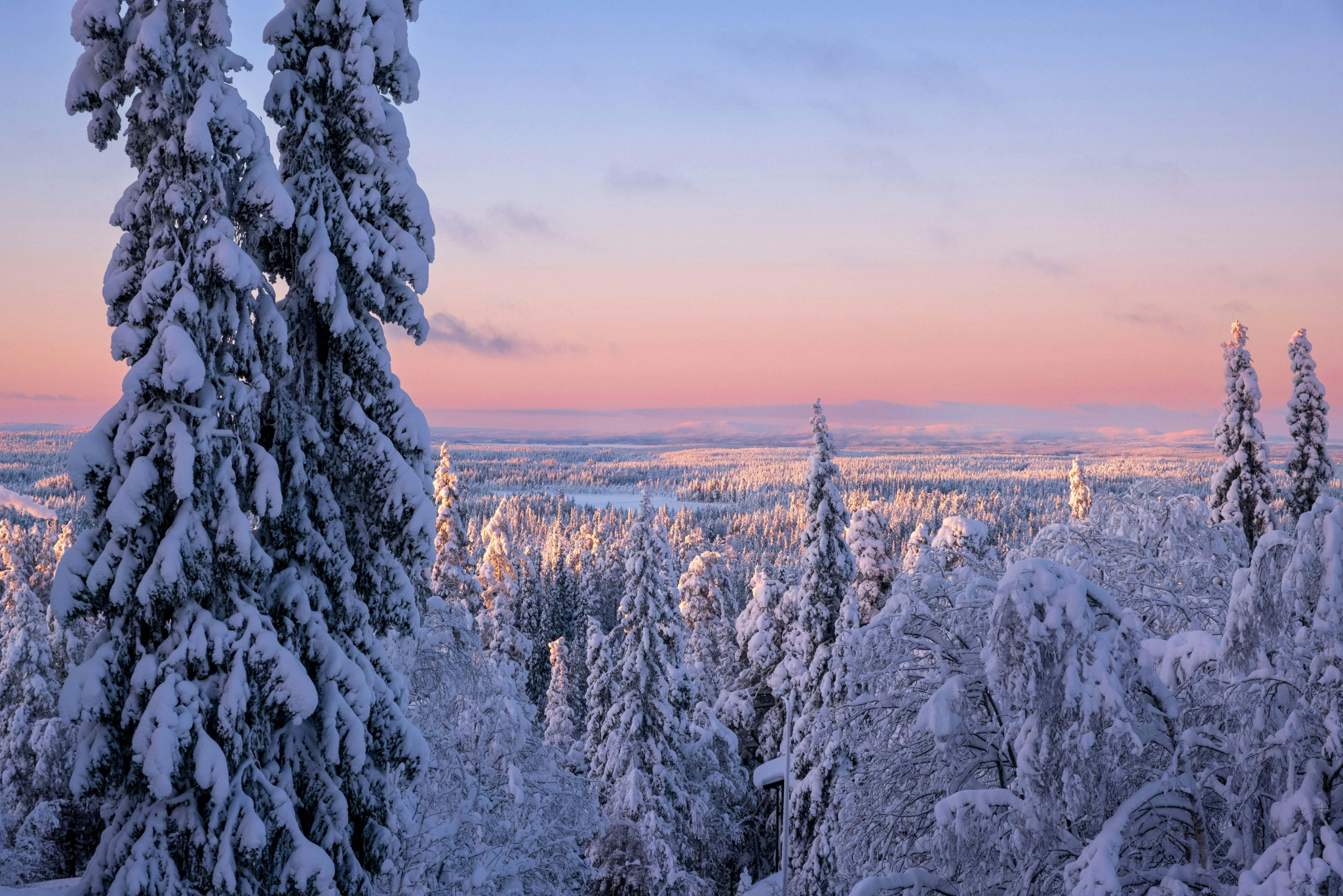
Social Media and the Collective Eye
Instagram and TikTok have codified the shot, the precise angle, the perfect lighting, and the exact composition that transforms a good photo into viral content. These platforms have created a visual vocabulary where certain views become canonical, expected, almost mandatory.
Yet this collective repetition also serves as a form of cultural documentation. When thousands of people photograph the same sunset from Santorini’s cliffs, they’re participating in a shared visual language, contributing to a collective memory of place and beauty.
Repetition as Creative Practice
For many photographers, returning to the same locations becomes a form of meditation, a practice in seeing. Professional landscape photographers often revisit the same spot dozens of times, waiting for the perfect confluence of light, weather, and mood.
Each visit teaches something new about composition, timing, or technical execution. The familiar becomes a studio for experimentation, a reliable subject for pushing creative boundaries.
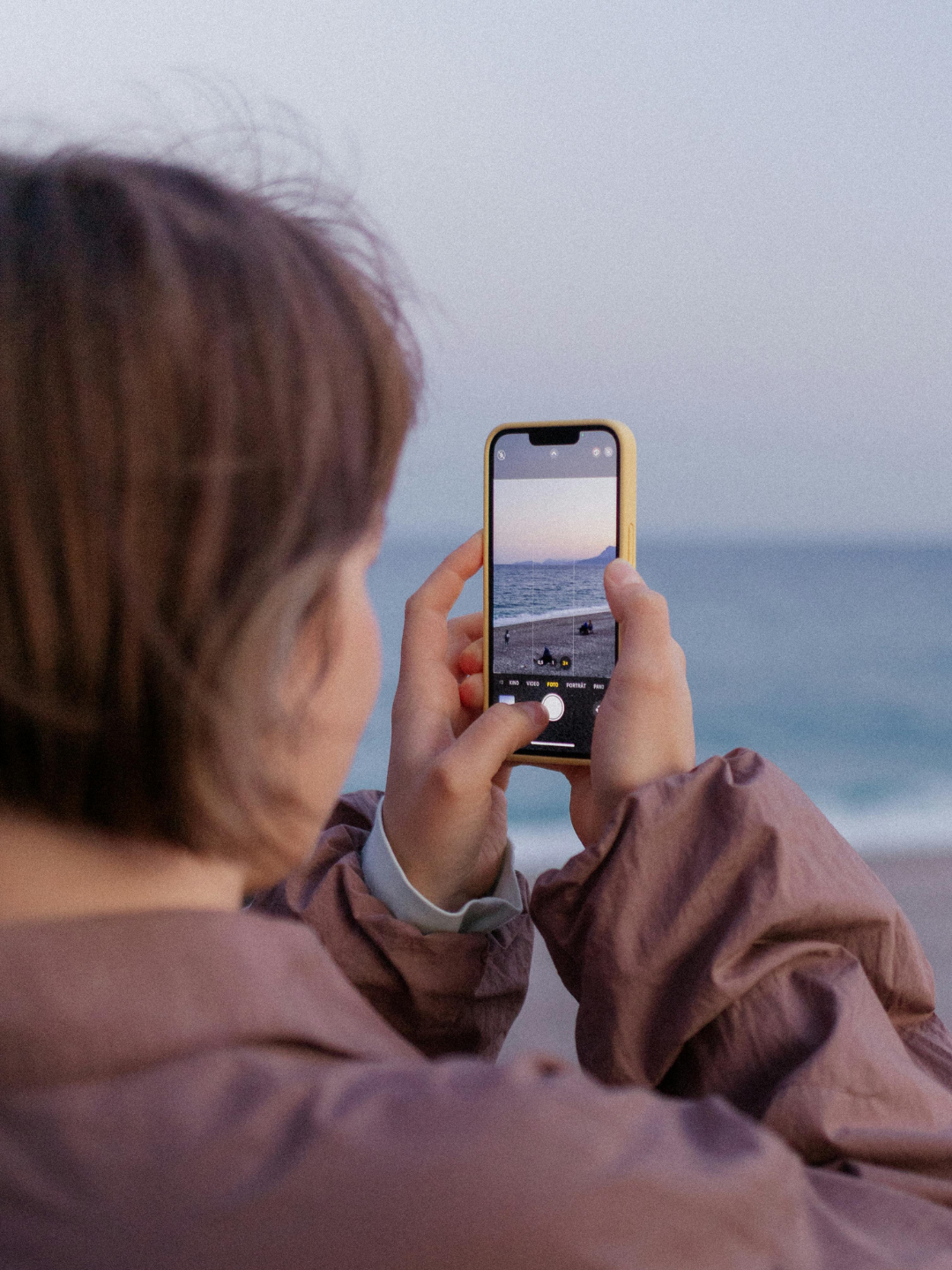
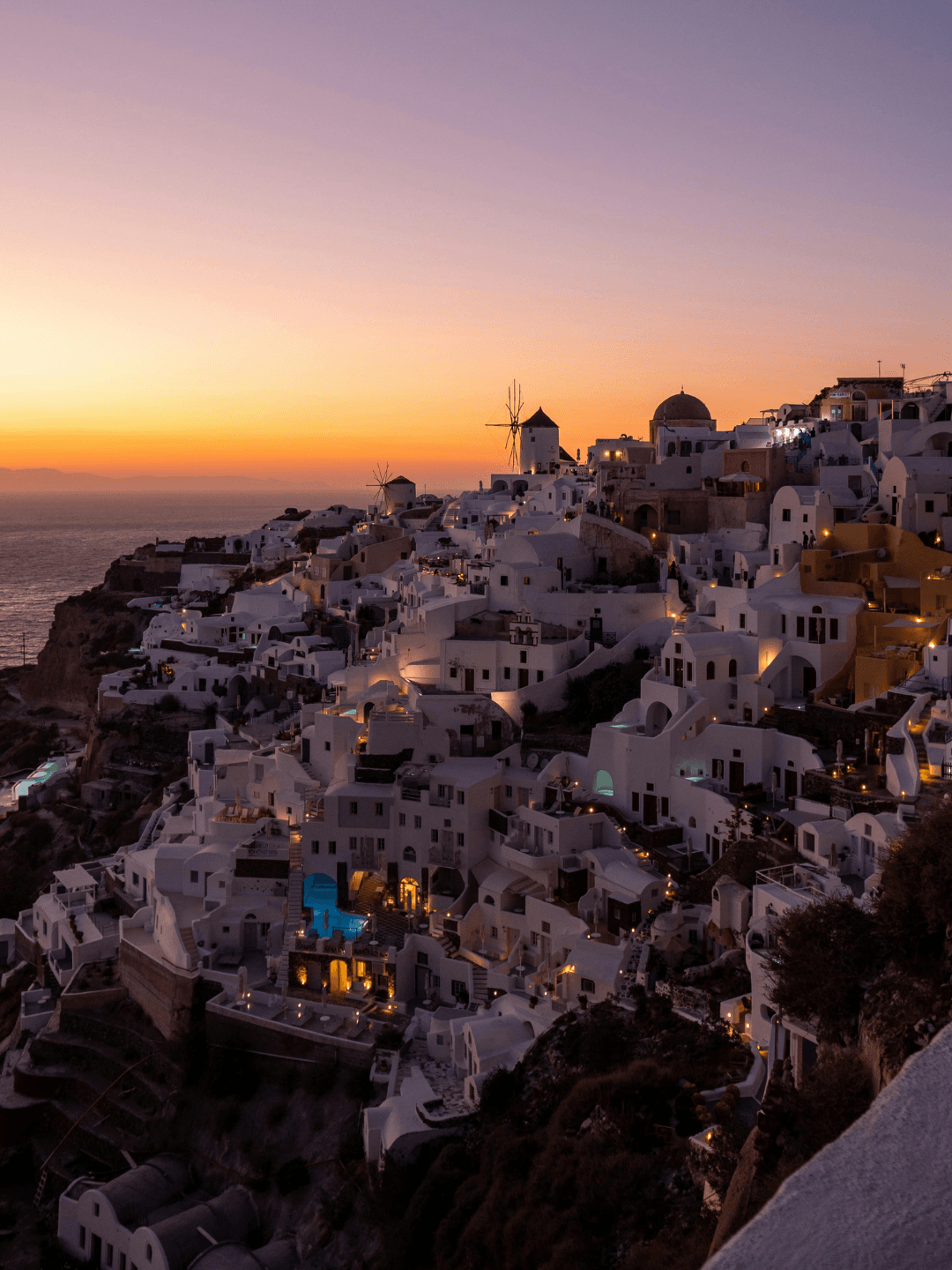
What Repetition Says About Us
To photograph the same place again is to admit a paradox: we seek the unique while embracing the universal. We want our personal connection to a place, yet we’re drawn to the spots that have moved countless others before us.
Perhaps this repetition reflects something fundamental about human nature, our desire to participate in shared experiences of beauty, to add our voice to a visual chorus that spans generations and cultures.
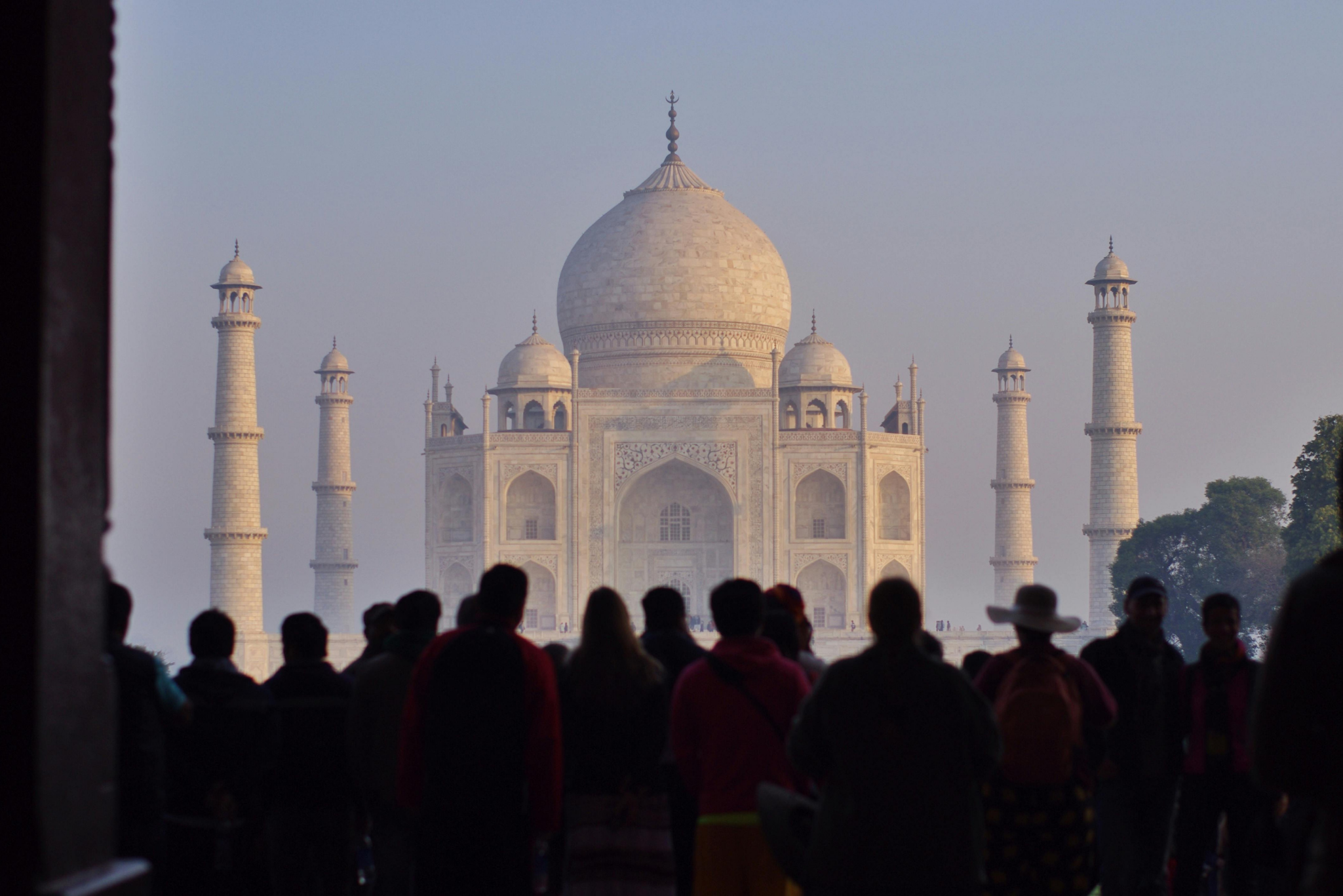
The Invitation to See Differently
Next time you raise your camera at a landmark, ask: am I chasing proof, memory, or something subtler? Am I documenting a place or documenting my relationship with that place?
The most powerful photographs often emerge not from finding new subjects, but from finding new ways to see familiar ones.
The repetition will continue. Travelers will keep photographing the Eiffel Tower, the Taj Mahal, and Santorini’s sunsets. But within that repetition lies infinite possibility for personal vision, individual perspective, and the eternal human desire to capture beauty and make it our own.
Train your eye to see differently
Subscribe to our newsletter
Get the best of The Mad Clouds straight to your inbox. Destination Guides, culture, photography and ideas, with expert analysis on the most meaningful stories in travel.

